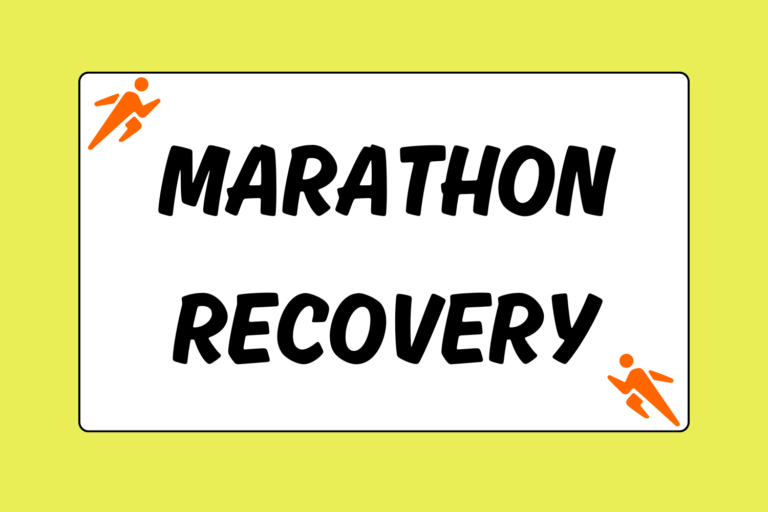Cross country racing is very different from track racing, or even road racing. Part of cross country’s uniqueness, as well as its allure, is that each course is different. However, despite the variability in cross country courses, there are certain tactical approaches to racing that will help you no matter where the starting line is. This guide outlines strategic tips on how to pace yourself and when to kick. If you’re a beginner, follow along for pointers on how to start and run your race.
Two Pacing Options
Pacing is one of the hardest aspects of a cross country race to plan. The course is subject to terrain changes, as well as elevation changes. Bad weather can make some courses much harder, while others may only be minimally affected. These variables mean that an even pace will not be an even effort.
Especially if you are unfamiliar with the course, traditional pacing strategies can be tough to employ during a cross country race. But don’t start worrying just yet! There are two pacing methods that will always be available to you. The first method is to try and stick with your competition, and the second is to pay attention to only yourself. In a successful race, you will have to use both to some extent. Follow along and figure out which method suits your racing habits best.
Stay with the Competition
For most, the first strategy comes instinctively. When you choose to stay with the pack, you tend to ignore how the pace feels in the early stages of the race. Instead, you focus on your competition. This strategy is most effective when you know something about your competition or where you would like to place.
Whether your goal is to compete for the win or to finish in the top half, you will want to start the race running near the people you want to beat. With this strategy, though, you will have little control over the early stages of the race. But don’t start worrying just yet. If the pace goes out too fast, it will likely be too fast for those around you, as well. If it goes out slowly, you will be able to pick it up at the appropriate time. Essentially, if you’re sticking with the pack you won’t be thinking about the pace too much. As with every strategy, there are pros and cons:
The pros:
- The strategy is simple.
- You’ll have the added rush of competition throughout the race.
- You will be able to sense the weaknesses of those around you and respond accordingly.
- You’ll be able to draft off other runners in the pack.
- You will be able to focus on the runners around you, bringing your awareness to them rather than on any pain you may be experiencing.
The cons:
- You have little control over whether the pack’s pace benefits you.
- It is harder to relax in the early stages of a race.
Run Your Own Race
The second pacing strategy requires you to key into your own subjective senses of how your body feels. This strategy tends to work best for runners who have superb body awareness. When the race starts, your aim is to run at whichever pace will allow you to run the course as fast as possible. This almost always will mean going out slower than the runners you hope to beat.
There are two keys to using this strategy successfully:
- Being able to judge your effort at the early stages of the race correctly
- Not letting yourself lose focus in the middle of the race
When you’re in a pack, you just have to make sure you don’t get dropped — your awareness is entirely on your immediate competition. But when you’re setting your own pace, you have to stay alert of the whole race to make sure you don’t inadvertently slow down and lose precious time. Remember: The strategy relies on you running the course nearly as fast as you can. Like the previous strategy, there are pros and cons to this one:
The pros:
- Physiologically, you will set yourself up to run a more efficient race.
- Psychologically, you’ll get a boost every time you pass someone who went out too fast.
- It is easier to relax in the early stages.
- Strategically, it is advantageous if you can pass someone from behind late in the race.
The cons:
- It is easy to lose focus or misjudge pace.
- If your competition runs a very fast pace as a pack and you let them go early, it’s unlikely you’ll be able to catch them.
- You cannot draft.
- You forfeit the added motivation of being side-by-side with your competition
Knowing When to Kick
The last thing you need to plan for strategically is when to kick. In track races, the kick occurs somewhere in the last two laps, usually within the last 200 meters. Cross country is not the same. A kick in cross country can happen in the last 100 meters, from a mile out, or not at all.
Eventually, you’ll develop a feeling for when to kick and doing it will become second nature. Until then, though, you should plan out when you’d like to kick.
Planning ahead will help you make a crisp, tactical decision that late-race exhaustion would otherwise make difficult (had you no plan at all). Strong moves not only force your competition to respond, but will also help you push yourself harder. When you should plan to kick depends on two things:
- The course layout
- How strong your kick is
These two considerations are broken down below.
Knowing Your Kick
If you’ve got a lot of speed, or if you can use a high percentage of your speed at the end of the race, your best strategy is likely similar to track races: Don’t lose contact with the runner you want to beat and then blow by him with the finish line in sight. The trick will be maintaining contact until late in the race.
If your speed isn’t very good, you will have to play to your endurance. But don’t despair! Cross country favors those with endurance over those with great finishing speed.
You can win a race by running ahead of the competition early, in which case you might not kick at all. Or, if it comes down to the later stages, your best kick will likely be a long sustained drive to the finish line from up to one mile out — the faster the pace up to that point, the better. Your aim is to beat your competition before the race comes down to the final 400 meters.
Planning for Different Courses
Planning when to kick requires you to scope out the last mile of the course. Look for the lay of the land, landmarks you can use to cue your kick, or areas where the course is particularly muddy.
If the finish is uphill, steeply downhill, or very muddy, you should plan to make your move earlier than normal. In these conditions, you’ll be less likely to get caught if you can form a gap within the last half mile. Exactly how far you should begin your kick will depend on what you feel confident with.
Flat or slightly downhill finishes cater to faster kickers. If you’re not a fast kicker, you’re going to have to work especially hard to outdistance the competition before it’s too late.
Stay Relaxed & Have Fun
Racing is part of the sport, but so is having fun! Many runners forget this and become overly-anxious. Feeling nervous is normal, but if you can tap into the competitive fun of racing, racing will be more enjoyable. You’ll likely relax and run faster, too!





